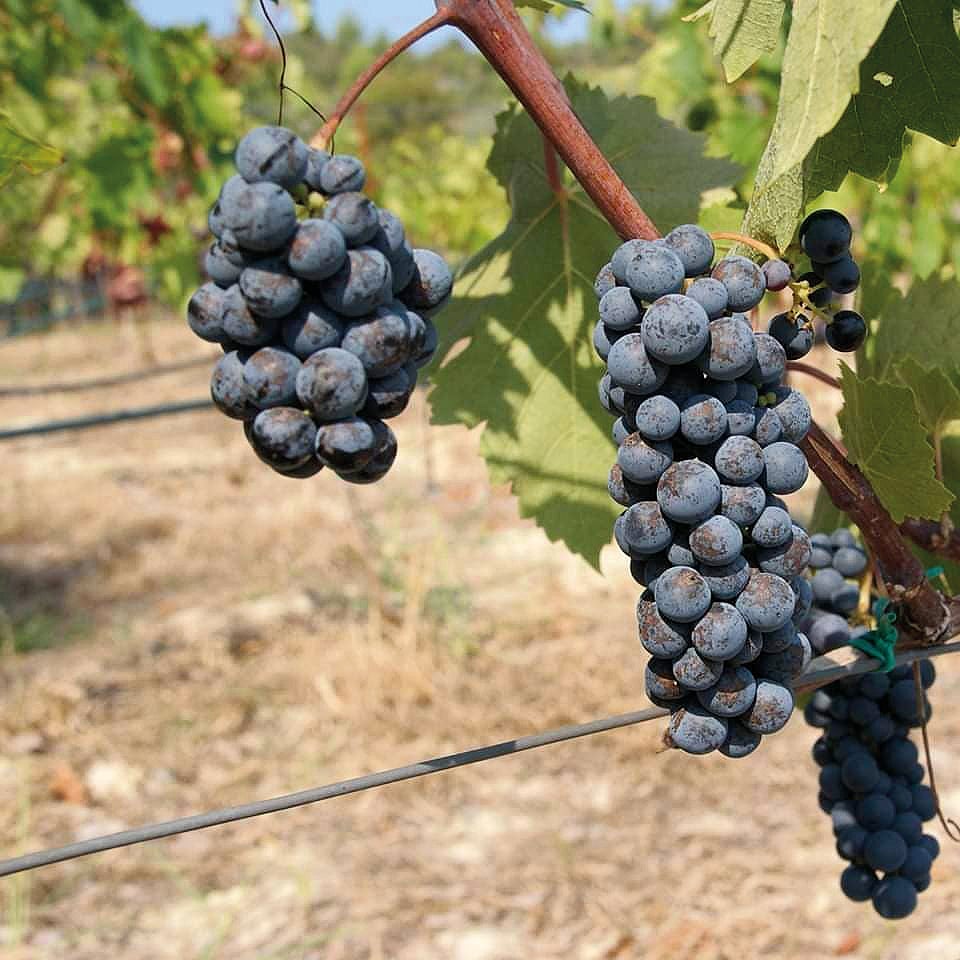
The wine culture of Central Greece is among the most historically influential centres of viticulture in existence; in the Iliad, Homer mentions the tribes of Central Greece, praising their extensive sun-kissed vineyards. According to at least one version of the myth, it was in the city of Thebes in Central Greece that Dionysus, the Greek god of wine and vine, was born. Central Greece birthed the vineyards of the Roman Empire, with cultivation continuing throughout the Middle Ages, cared for by the Holy Roman Empire, Christian Crusaders, Catalan Mercenaries, Venetians and Ottomans.
Today, Central Greece is home to over a fourth of Greek vineyards, which employ a combination of traditional and modern methods across some nine separate Protected Geographical Indication (PGI) wine zones which benefit from unique mesoclimates, unique varieties and skilled winemakers. Ancient traditions and varieties dominated until the 1950s, when many of the vines were destroyed. As a result, vineyards introduced many French and non-native Greek varieties, laying the groundwork for the breathtaking diversity of wines produced by Central Greece today.
Central Greece lies along the southern part of the Greek mainland and the island of Evia to the East. Amongst the wine regions of Greece, Central Greece is perhaps the most diverse as far as soil and climate are concerned. Here, many traditional vineyards meet modern plantations. Native grape varieties are dominant, with a strong presence of international varieties. Many dry red and white wines are produced in Central Greece, from varieties as far-ranging as Assyrtiko, Cabernet Sauvignon, Syrah and Athiri. Modern wine producers are investing in the exploration of new terroirs around the region, as well as reviving forgotten local grape varieties. The breadth of varieties grown in the region creates complex notes; 40 indigenous and international varieties are grown locally.

A plethora of old-growth vines offer winemakers the benefit of good-quality grapes, resulting in better-quality wines. Winemakers strive to express the aromas, structure and unique character of these grapes. The range of style of wines is the most diverse in Greece: whites can range from light, easy-to-drink wines to savoury and complex; reds from fruity and mellow to sophisticated, pure expressions of terroir; while refreshing and aromatic rosè wines are ideal for Mediterranean summers. New-generation winemakers take a new approach to traditional styles. Their work on the national grapes Roditis and Savatiano reveal new heights in winemaking and they are also responsible for saving rare grape varieties, such as Vradiano and Mavrokoundoura, from extinction.
In the mountains at the western end of Central Greece, the climate is more continental, and hot temperatures in the summer have sent most viticultural pursuits into the surrounding mountains. Here, in areas such as Parnassos, Martino and the Slopes of Knimida, higher altitudes provide cooler mesoclimates for wine-growing, allowing for slower ripening and thus the retention of acidity in the grapes. Dry red and white wines are made in these appellations, more specifically PGI Atalanti Valley, PGI Slopes of Knimida, PGI Opountia Locris, PGI Phthiotis, PGI Parnassos, PGI Thiva, PGI Lilantio Pedio (or Field), PGI Evia and PGI Ritsona.
Whether sipping amongst the emerald mountains and coastal hilltops of Greece or enjoying a taste of the sun-soaked Mediterranean from the comfort of your home, the wines of Central Greece offer something for every palate.
Links:
Website: https://www.winesofcentralgreece.com/
Facebook: https://www.facebook.com/centralgreecewines
Instagram: https://www.instagram.com/wines_of_central_greece/
LinkedIn: https://www.linkedin.com/company/wines-of-central-greece/



